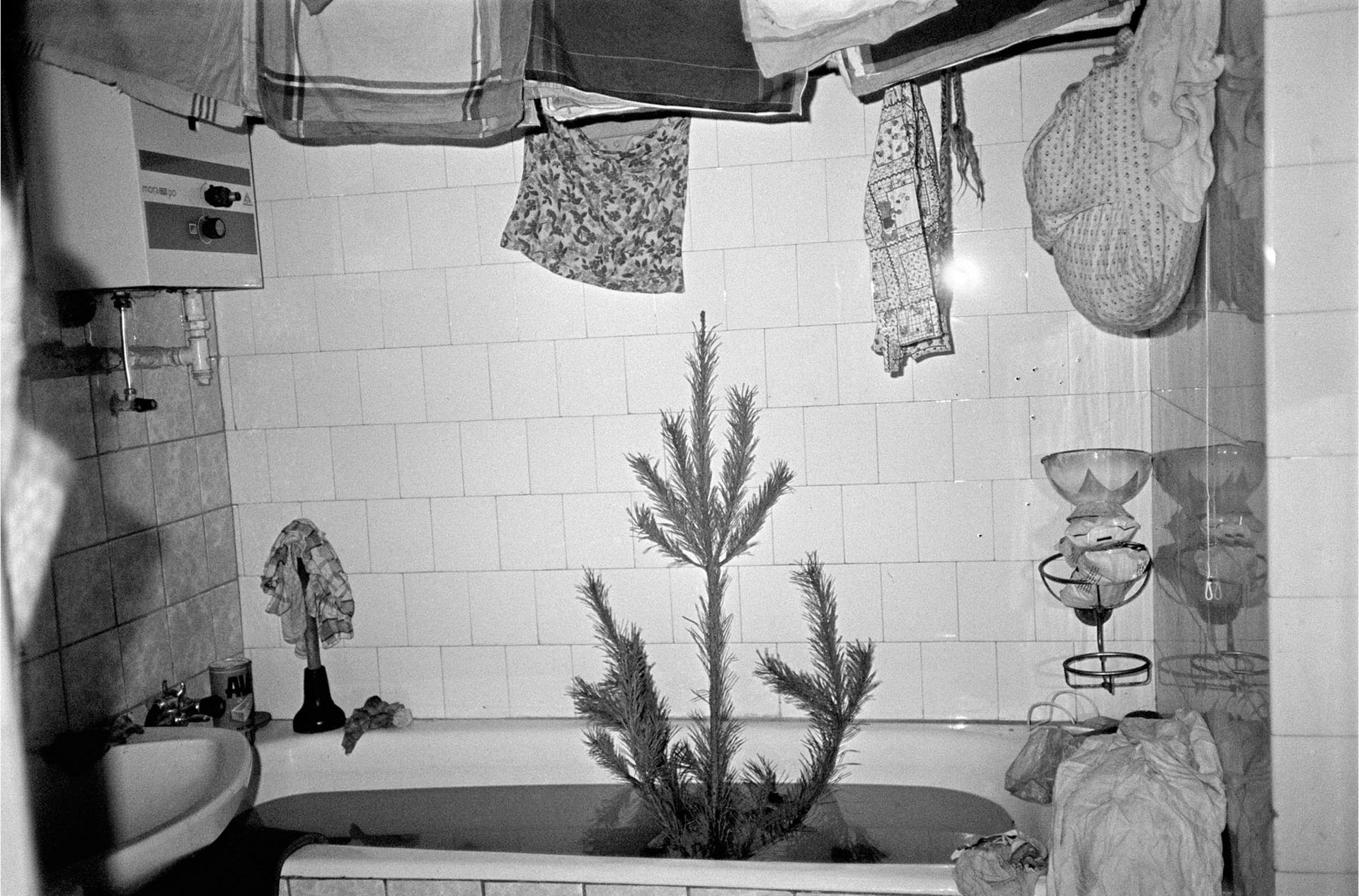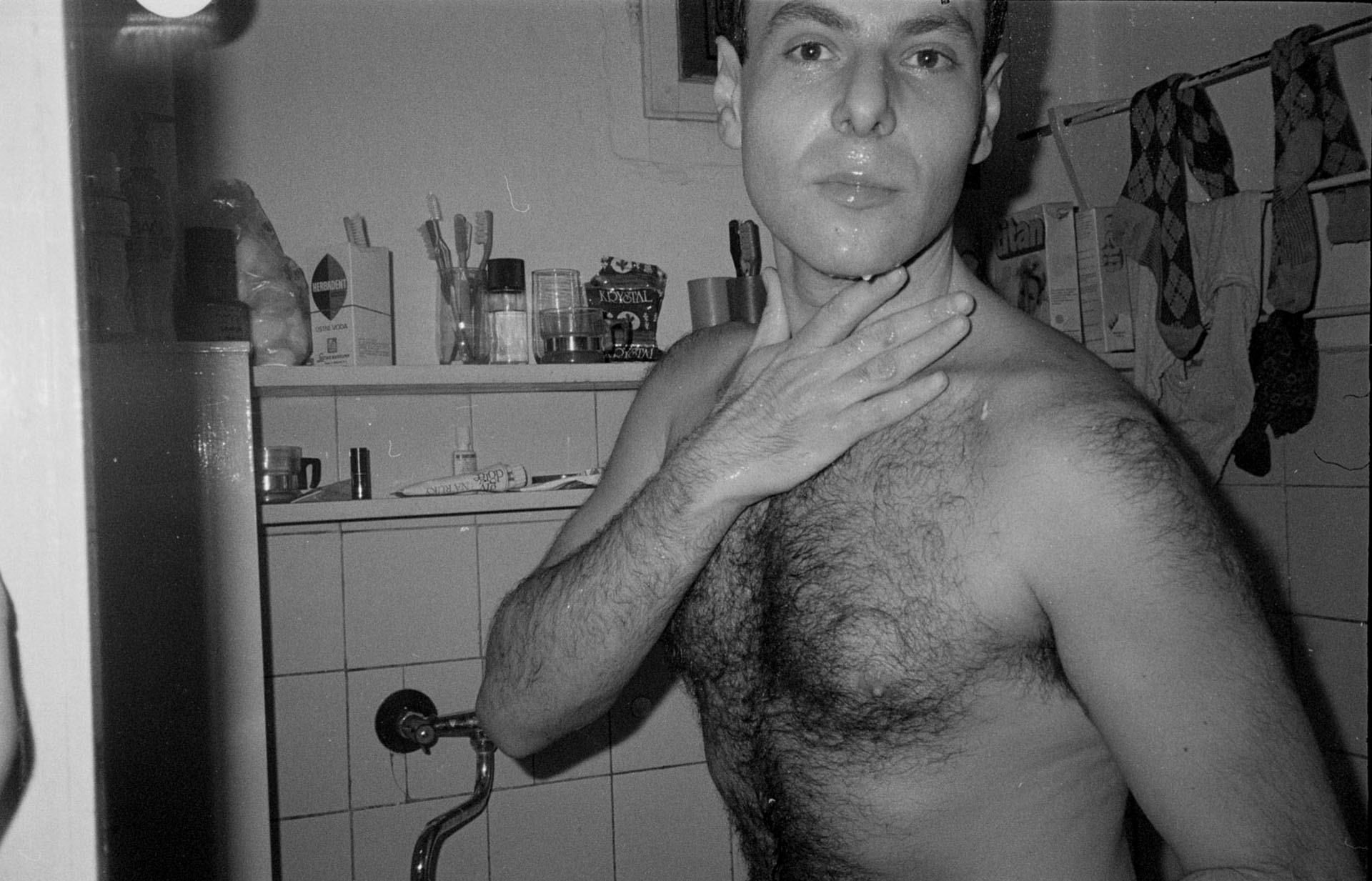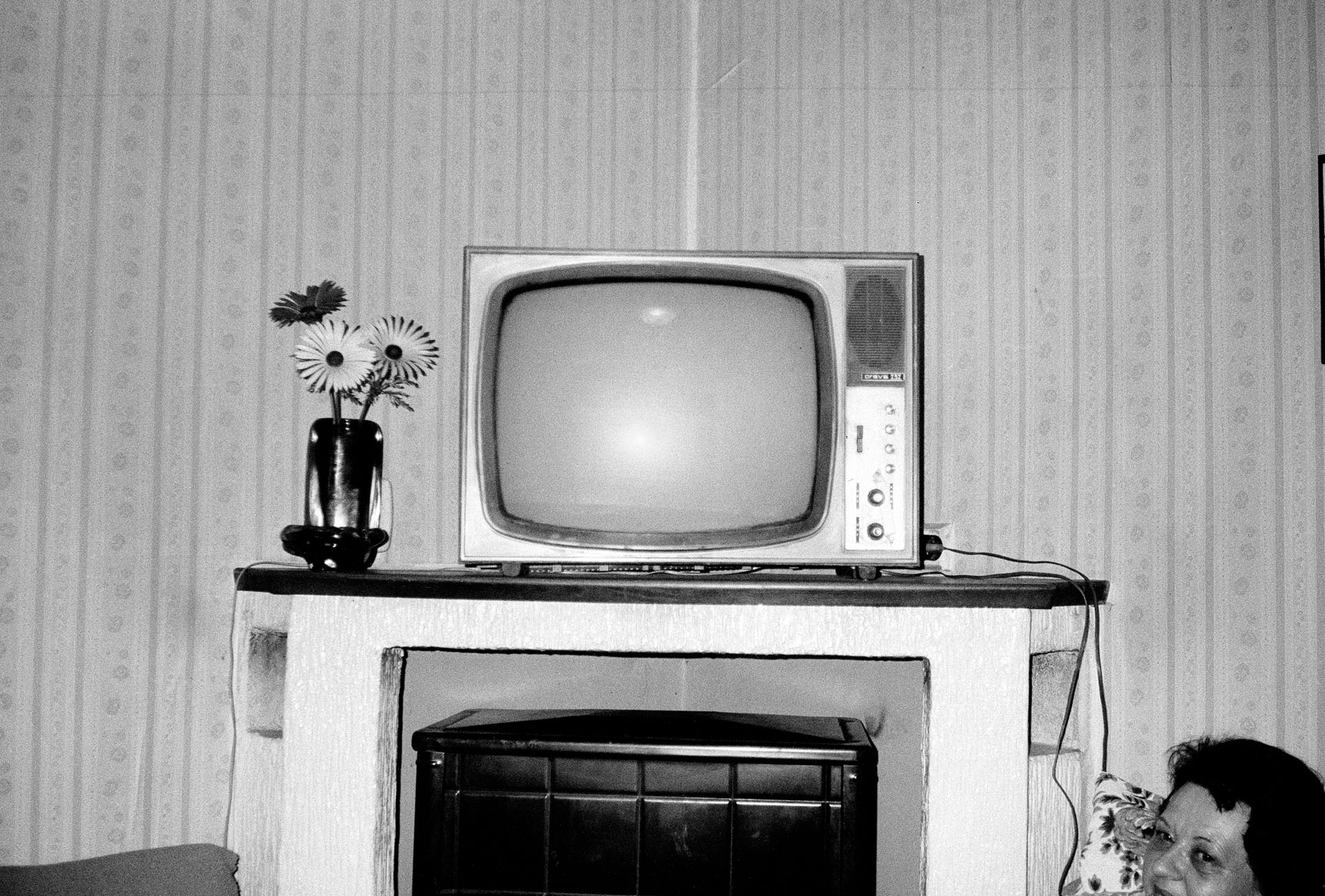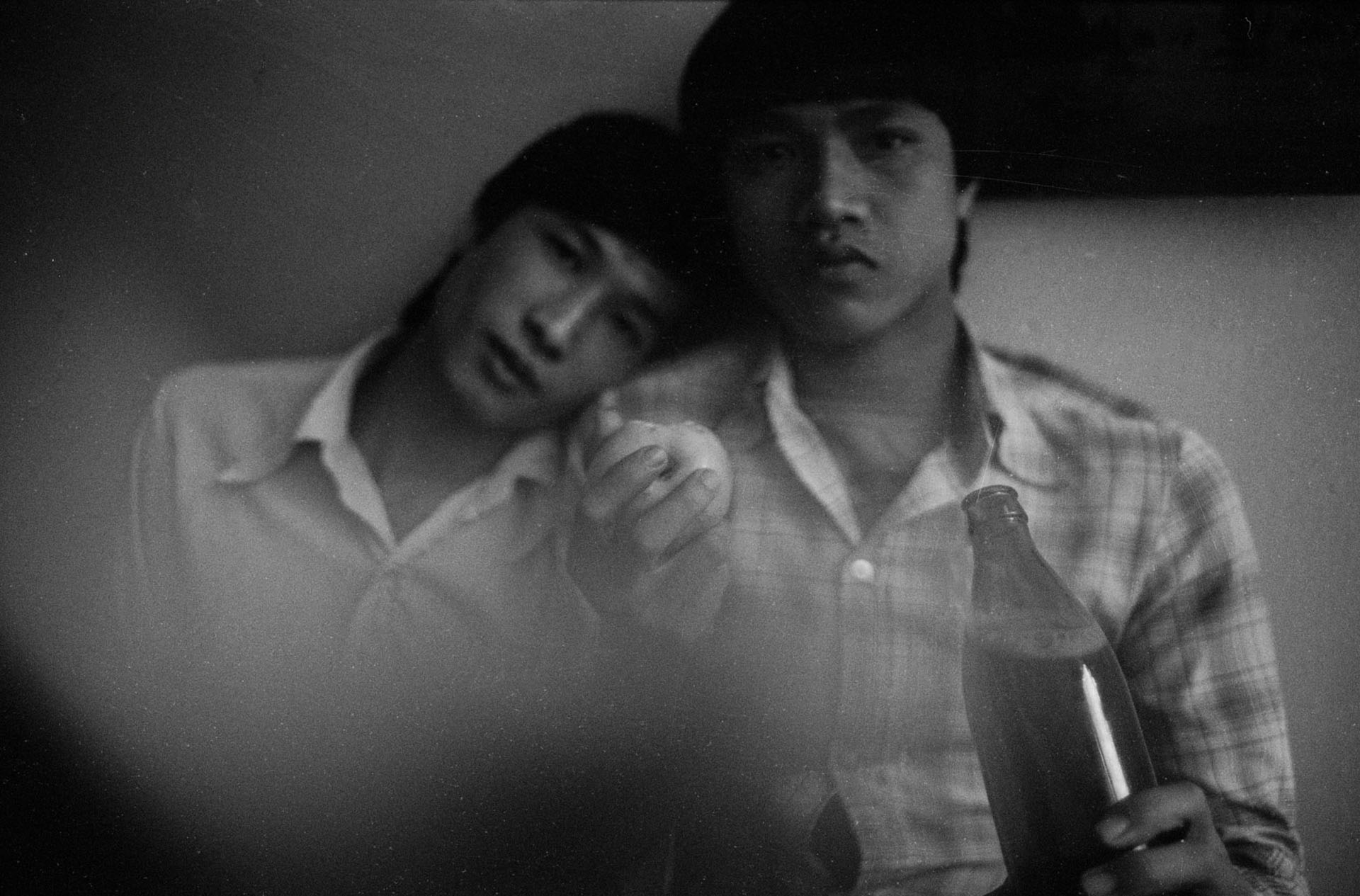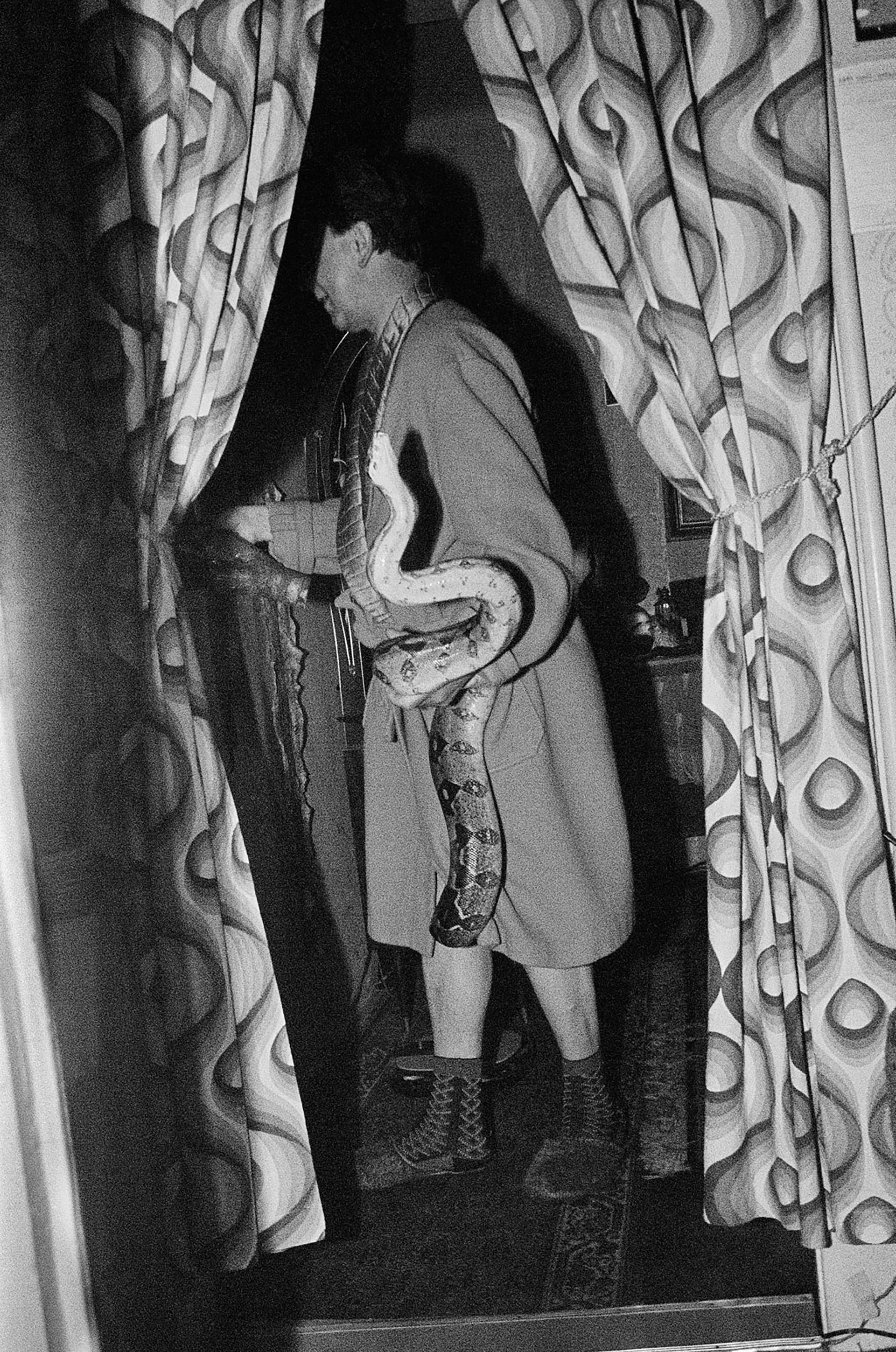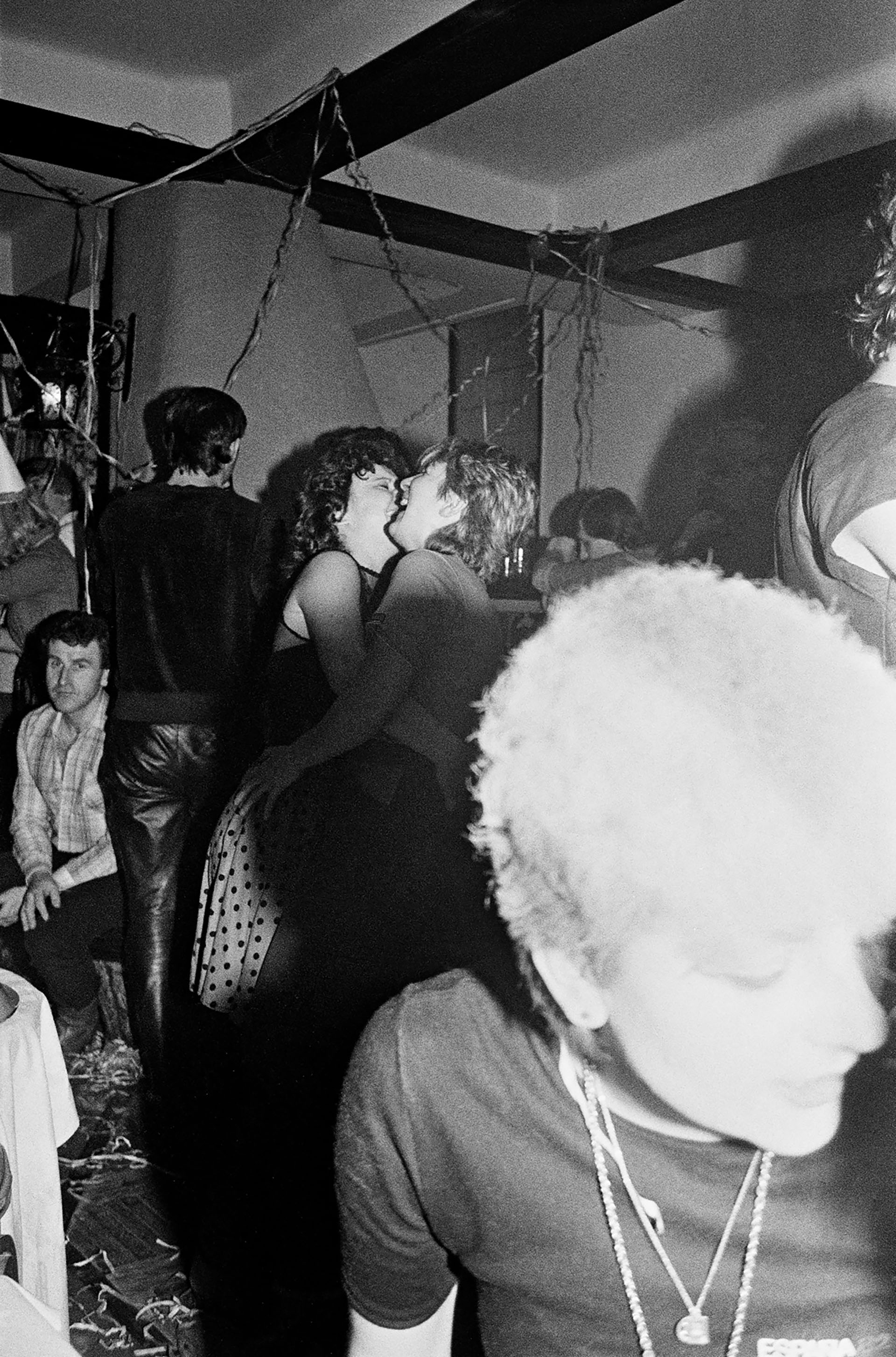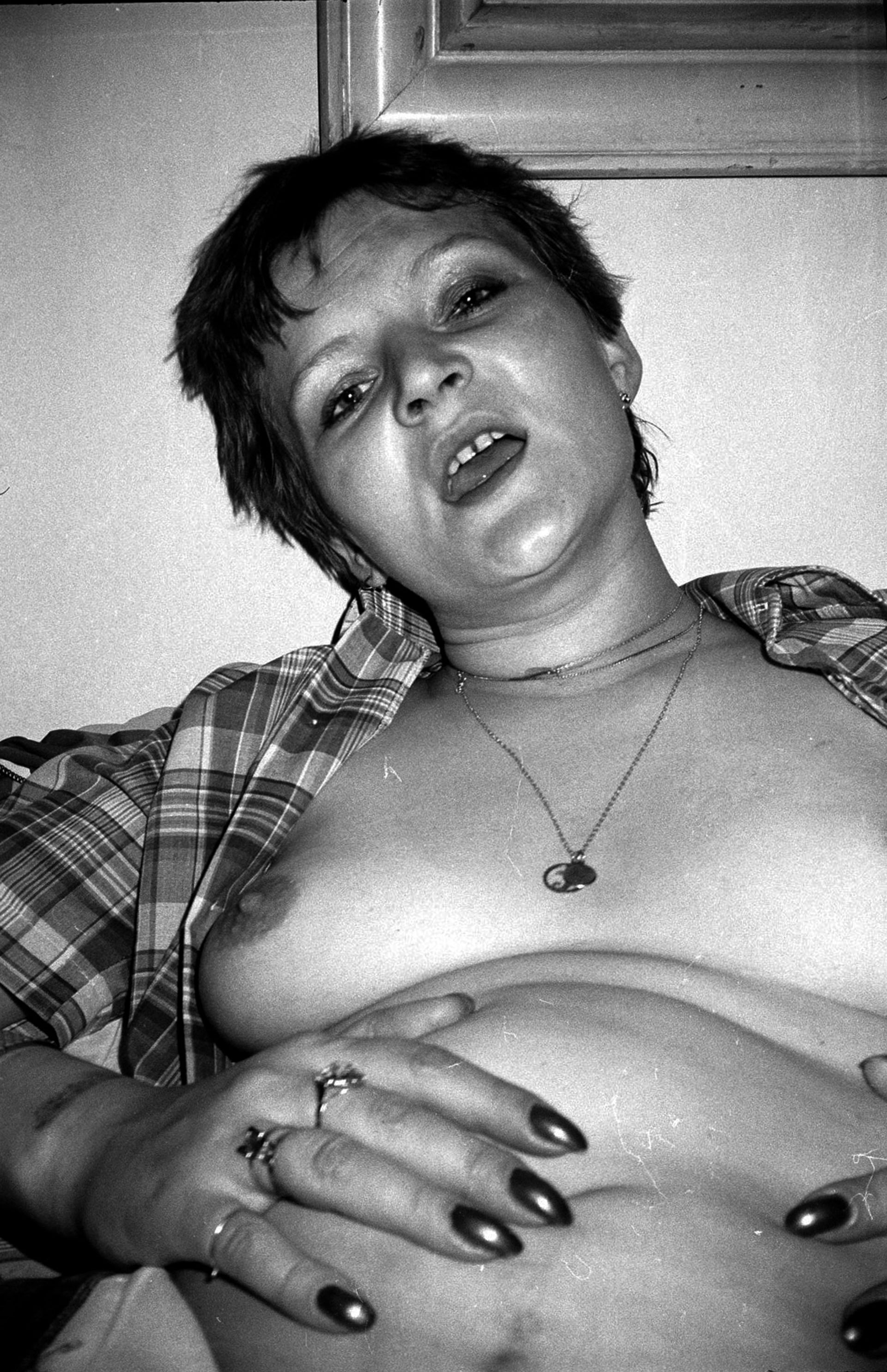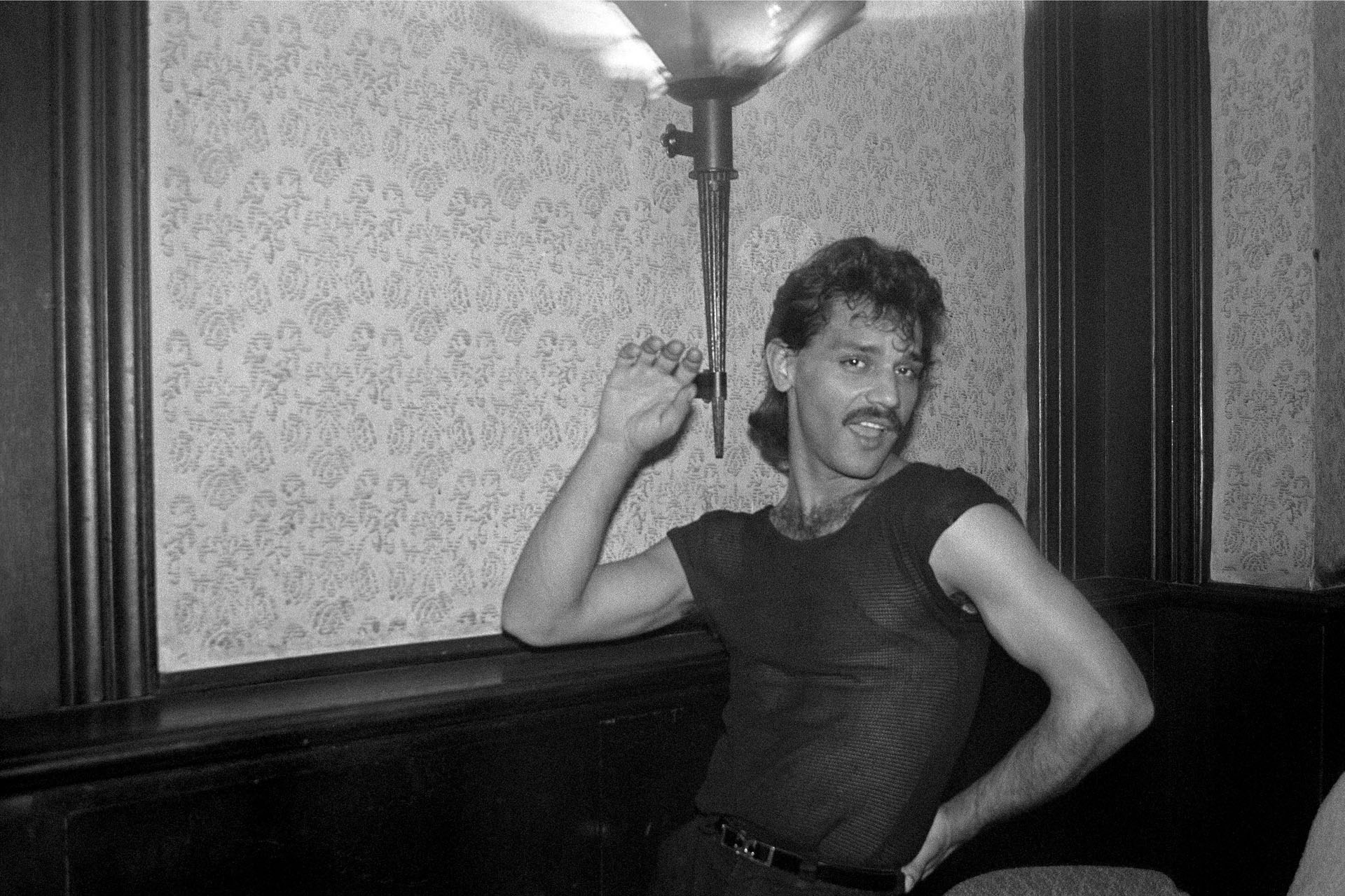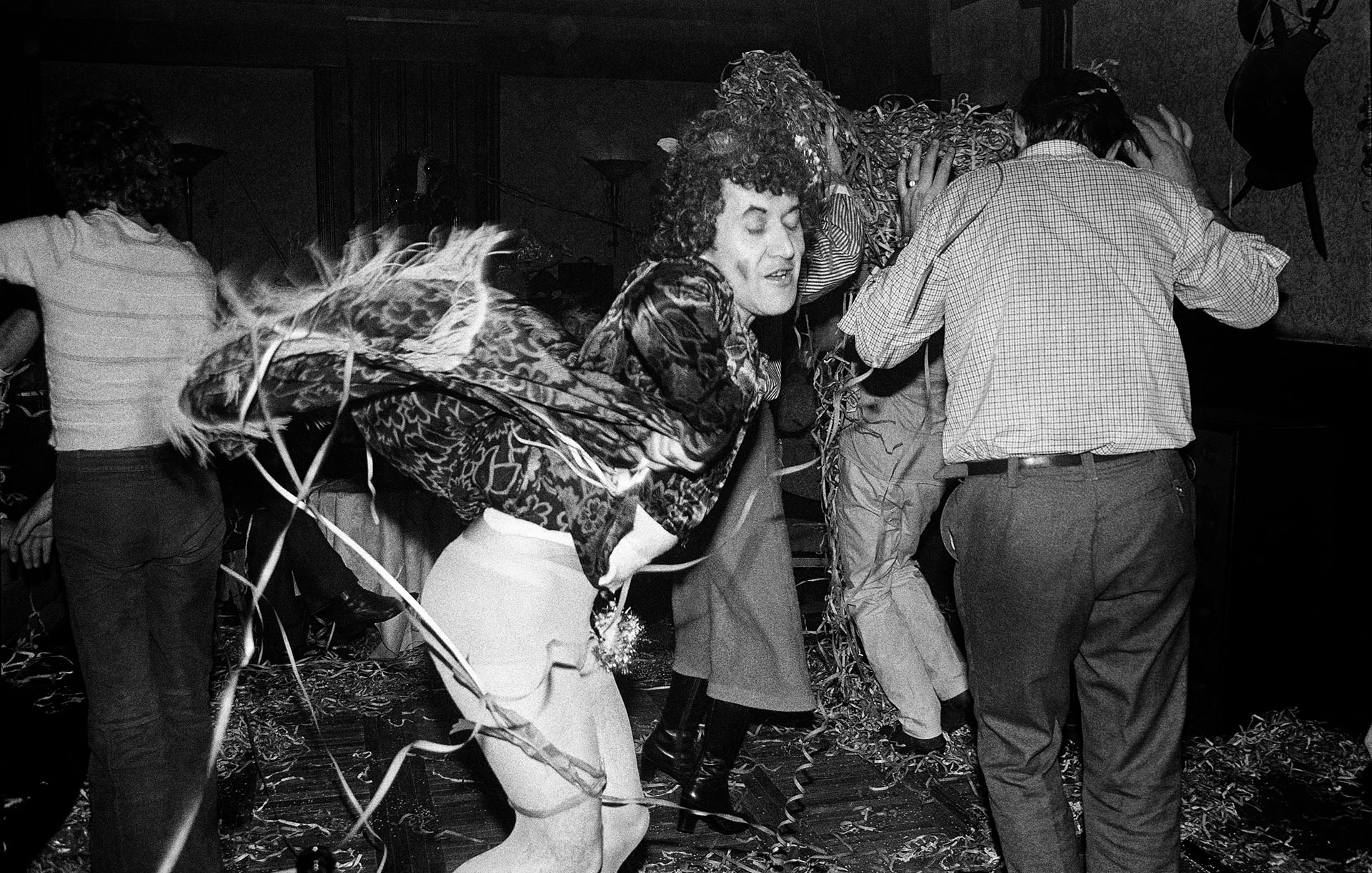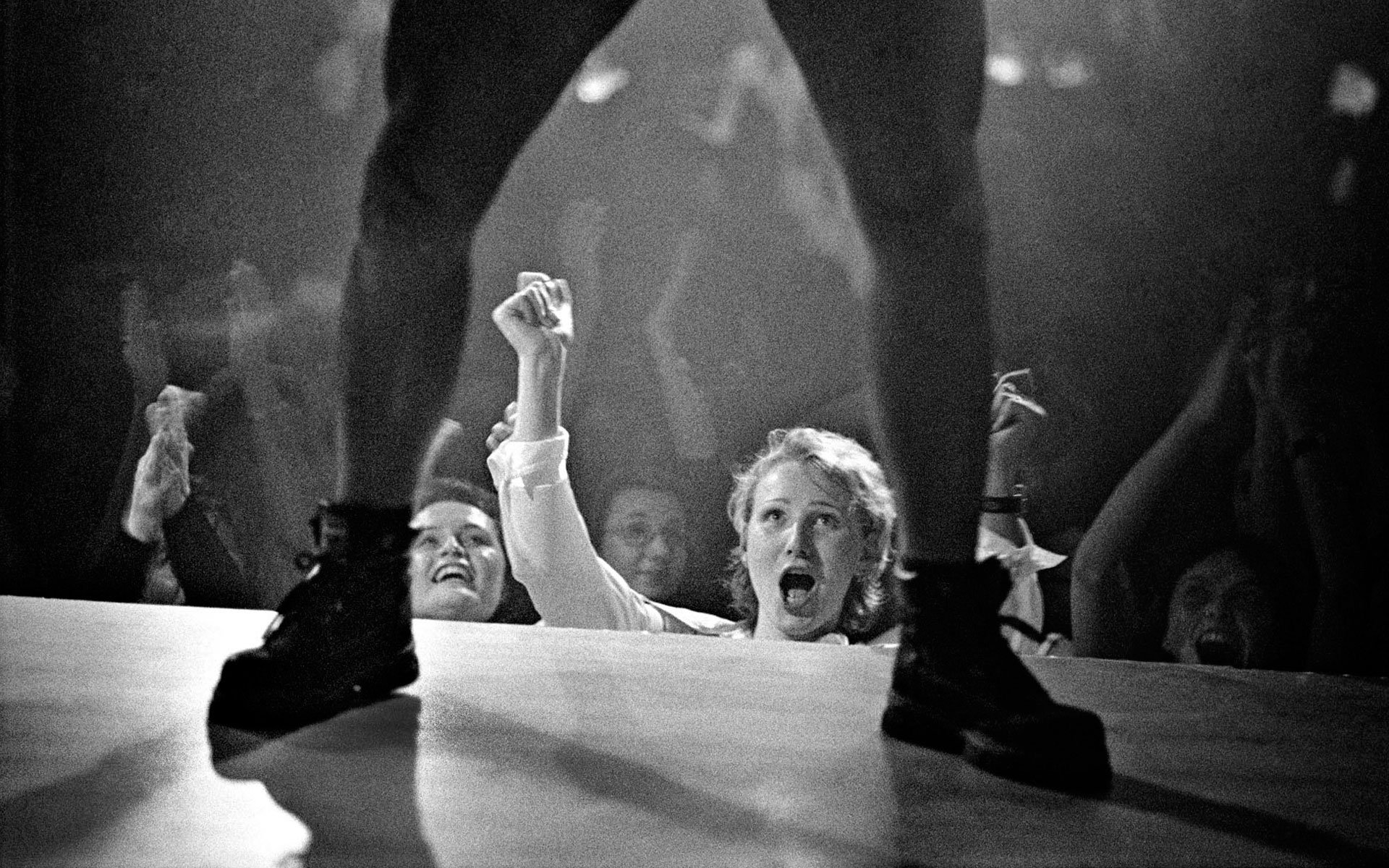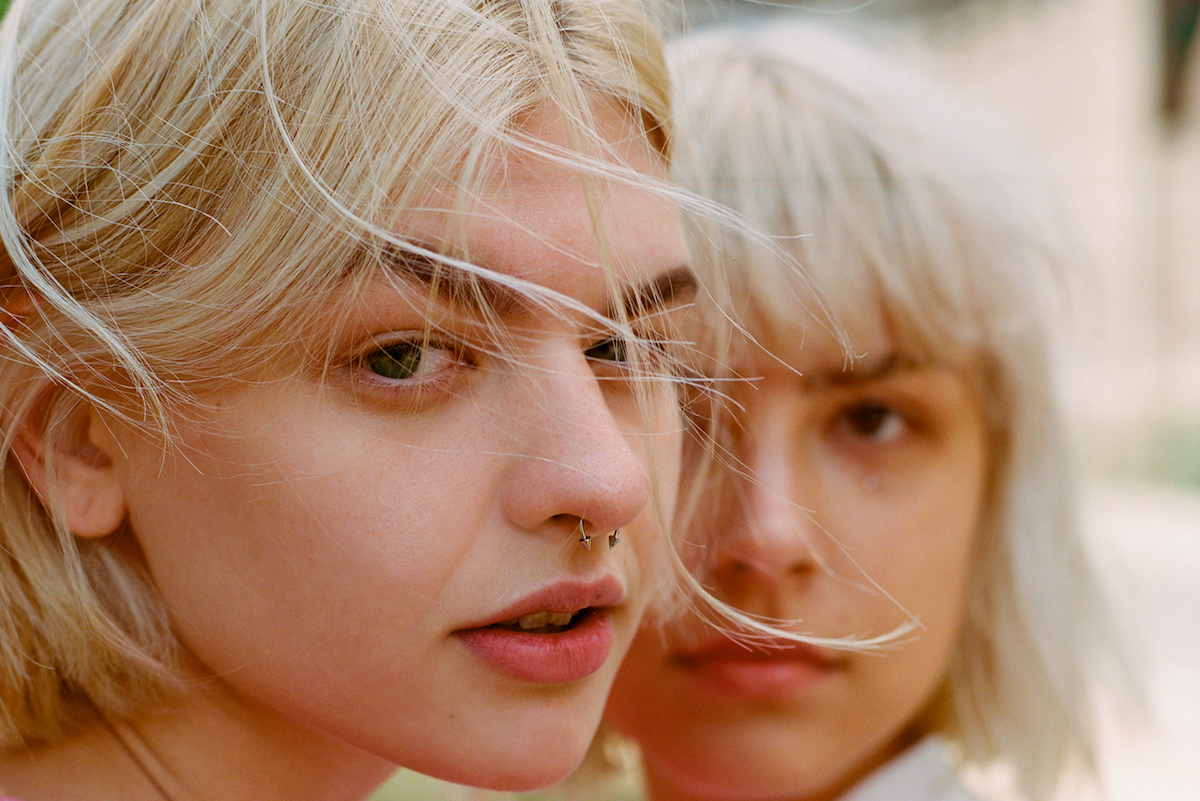In praise of Libuše Jarcovjáková, the photographer who captured the intimate underlife of 80s Czechoslovakia
A woman is stretched out on a bed. We don’t see her face, which is just beyond the top of the frame. What we see instead is a glass of wine and pubic hair peeking out over her underwear. A male hand softly tugs at the underwear, as if opening up the scene to us. We become voyeurs. The sheets are messy. An ashtray lies beside her. You feel as though you’ve walked into a moment of intimacy or arrived late to a party. It is not enough to say Libuše Jarcovjáková photographs are lascivious or sensual. They reveal striking truths about sex and desire, which are rarely so explicit today, let alone in 1980s Czechoslovakia when this photo was taken.
Killer Summer (1984)
Jarcovjáková’s tremendous archive was little known in her native Czechoslovakia. Almost all, the celebrated “unofficial” underground photographers from the former Eastern Bloc are male. Jarcovjáková brings an unflinching female gaze to what we know about lives under socialism. Now, the photographer is getting the attention she deserves, with an exhibition at Rencontres d’Arles festival and a print publication both dedicated to her oeuvre.
What makes her photos so intriguing is her interest in the aspects of life that often go unshared — the personal, the vulgar, the hidden. “The protagonists of my photos are all people close to me: my husband, male lovers, female lovers, friends and random acquaintances who wanted their portraits taken and invited me to their apartments,” she says, four decades on. That sense of intimacy and rawness comes through not only in her portraits but also her photos of objects, landscapes, and self-portraits.
She glorifies the domestic space for all its clutter. The subject of her photos might at first seem banal: socks drying on a clothes hanger, a TV showing absolutely nothing, and the strangest scene of all — an old Christmas tree that’s been resurrected in a bathtub. There is life in it all.
“I was not investigating aesthetics, beauty or ugliness. It was more like I was collecting evidence that I existed, that I was alive”
It’s no surprise that she’s been dubbed the “Czech Nan Goldin”, though a huge part of this has to do with them both being women. Just like Goldin, Jarcovjáková had studied art before rejecting everything she’d learned. “Photos were either technically perfect or thrown straight into the bin,” she reflects on her formal education. What is admirable about Jarcovjáková’s work is her acceptance of human error and technical error alike. So many of her shots have a wonky composition, or are somewhat out of focus. As she explains: “Failure is not something that was discussed much. Right from the start I was drawn to “failed” photos. Breaking the rules is my favourite pastime.”
Whatever it is she tried to capture — be it love, violence, or self-destructiveness — we are certain she’d lived through it. She drifted from bar to bar, drank until closing time, maybe even pissed in those streets.
Jarcovjáková got her first camera at the age of 14. “It was Christmas 1966, and there was a camera waiting for me under the Christmas tree,” she recalls her foray into photography. “It was made of plastic and I saw it more as a toy than a serious device. I remember taking my first walk with the camera and shooting trees on the embankment, as well as my sister and my father.” Jarcovjáková grew up in an artistic environment, rich in visual stimuli. “Painting didn’t appeal to me,” she admits. “In Prague, at that time, I saw many wonderful photographic exhibitions, [such as] the surreal painter and photographer Jindřich Štýrský. I felt a mystery and magic in his work that appealed to me strongly.”
She says the camera satisfied her endless desire to wander aimlessly. “I live a short distance from the River Vltava and almost all of my photography has revolved around the river. As far as my school was concerned, these photos from my daily walks to the water were unusable, technically poor, and, basically, weird. But for me, the stranger the photo, the more satisfied I was with it.”
Self-portrait (1972)
Born in 1952, she never managed to make a living out of photography under the Soviet regime, something she now considers a blessing. In 1981, she participated in a group show entitled 9&9, which was curated by Anna Fárová at the Cistercian monastery in Plasy.The exhibition, which managed to slip under the radar of the censors, sparked a sudden interest abroad. “It gave me the feeling of being part of a vibrant community, though this was a rare event in my life.”
Later in her career she was able to make money teaching photography. “But when I was young,” she says, “I survived by doing whatever was on offer. I didn’t mind doing menial jobs: I was a cleaner, a hotel chambermaid, a factory worker, and so on.” For several years, she taught Czech to foreign workers from Vietnam and Cuba. “I was always happy when work took me into an interesting environment that I could investigate and take photos of.” The images of her students show just how multicultural Eastern Europe was under socialism, perhaps even more so than it is today.
Because her work didn’t find an audience, Jarcovjáková simply lived.“[That lack of attention] gave me great internal freedom and security.” It was under communism that Jarcovjáková felt most free. “I decided to live a very independent life, without holding onto any strong ties to family and friends.” Looking back, she confesses to feeling lonely. “I often felt isolated and alone, especially after I left for West Berlin in 1985.”
And yet, she spent much of her time photographing friends and communities. Her most insightful pictures are those taken at T-club, one of the two underground gay clubs in communist Prague. Though homosexuality was decriminalised in 1962, gay culture remained taboo. Jarcovjáková was drawn in by its joyous parties and sense of freedom. The images offer a glimpse into the lives of the LGBT community under socialism, which, judging from the pictures, was no less inhibited than its Western counterparts. Instead of publishing these photos, Jarcovjáková gifted them to her subjects. In 1985, she had no choice but to share them as part of a major murder investigation. This came as a shock: “I had two overexposed negatives from that night, and it was difficult to discern anything, so this is what I gave them. I never took a single photo there again, because I realised how sensitive it could be.”
Sex behind the Iron Curtain is often regarded with scepticism. Yet the communist era was not exactly prudish: directors such as Miloš Forman’s Loves of a Blonde and Věra Chytilová, from the Czechoslovak New Wave, explored female sexuality, even with a certain feminist edge. Jarcovjáková’s career never reached this level of renown, not through a lack of skill, but to my mind, because they treated sexuality as something natural.“My body as a weapon” [is] something that is universal regardless of country, political regime, or era. The body, my body, our bodies – this is a huge theme. My body as a weapon is one possible perspective, but by no means the only one.
Perhaps lack of shame and repression is what drives Jarcovjáková’s wonderful world of robust, boisterous bodies. What makes her work stand out is its ability to surpass its socio-political context and communicate the internal changes we all experience. “Photography often helped me understand what I was experiencing. It offered me a distance from the complicated interpersonal relationships in which I found myself time and time again. I had no idea my photos would find a public, though I did suspect that they possessed their own significance. The fact that I felt an urgent need to record reality from my own perspective I regard as my great fortune. It was an internal drive I was lucky enough to possess and that was an integral part of my life at that time.”
When Jarcovjáková was 37, the regime collapsed. What kind of impact did this have on her life and practice? “My whole way of life has changed,” she reflects. “I taught for 25 years. I had a full-time job and very little time for myself. I am in a strong relationship and I’m less mobile. Having said that, these things fortunately don’t restrict me too much. In reality, life remains one big adventure. I’m an observer, I see things and try to capture everything I regard as exciting. I will never see myself as fully formed and am prepared to learn. I hope things will remain this way.”
Self-portrait (1981)
